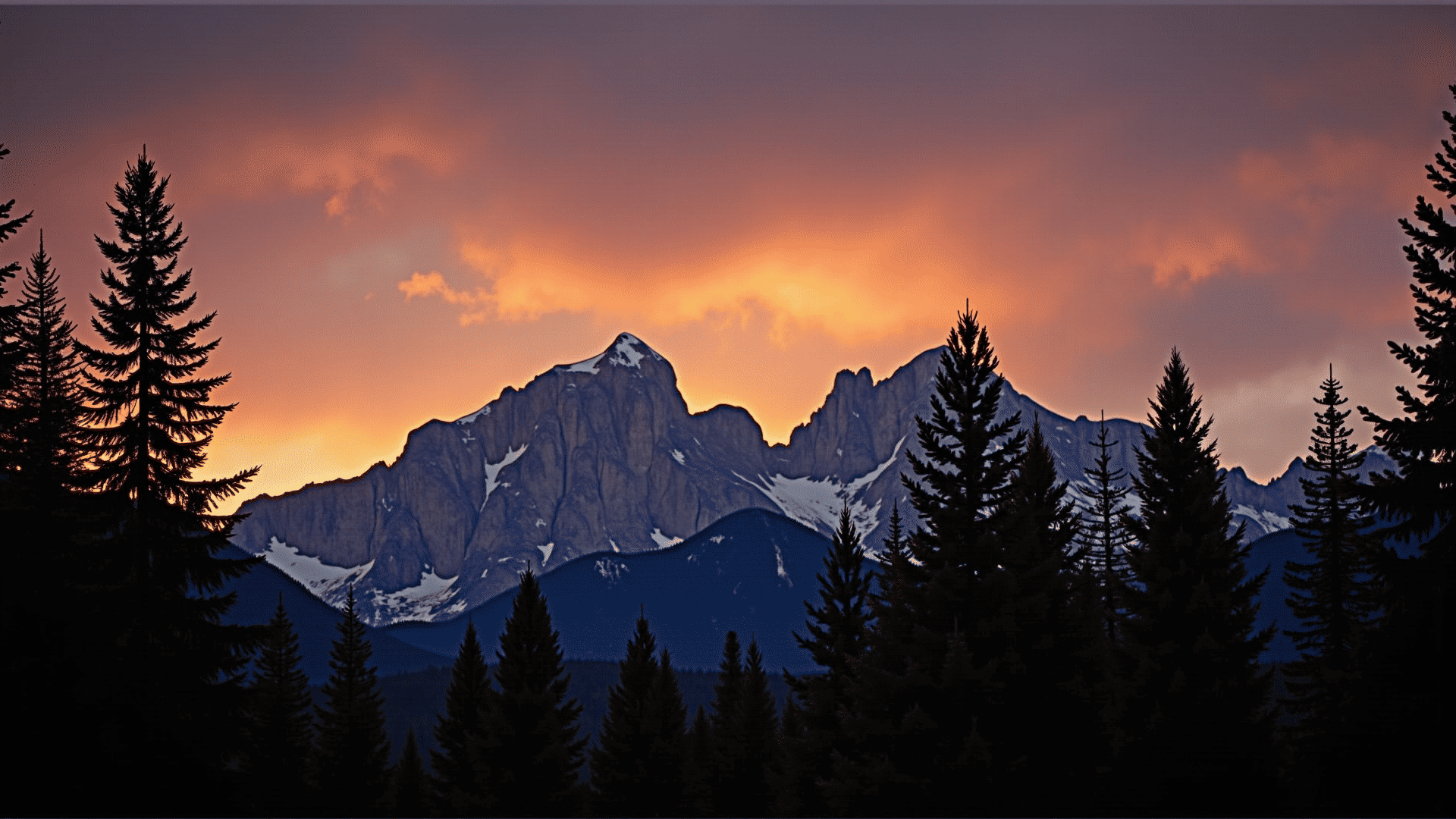Unveiling the Magic of Landscape Photography in Canada

Canada's vast and diverse landscapes offer photographers an endless canvas of natural beauty to capture. From the rugged coastlines of the Atlantic to the towering peaks of the Rockies, and from the serene lakes of the Canadian Shield to the sweeping prairies, our country is a paradise for landscape photographers.
In this article, I'll share my experiences and insights gained from years of photographing Canada's most breathtaking landscapes, and offer tips to help you capture the magic of these incredible scenes.
The Unique Beauty of Canadian Landscapes
What makes Canadian landscapes so special for photography? It's the incredible diversity and scale of our natural environments. Within a single country, you can photograph:
- The dramatic coastal scenes of Newfoundland and Nova Scotia
- The rolling hills and vibrant autumn colors of Quebec and Ontario
- The vast, open skies and golden fields of the Prairies
- The majestic mountain ranges of British Columbia and Alberta
- The pristine wilderness and dancing northern lights of the Territories
Each region offers its own unique photographic opportunities, lighting conditions, and challenges. This diversity is what makes landscape photography in Canada so rewarding and endlessly fascinating.
Capturing the Essence of Canadian Landscapes
The key to creating compelling landscape photographs is to capture not just the visual elements of a scene, but its essence—the feeling and atmosphere that make it special. Here are some approaches that have helped me in my work:
Embrace the Seasons
Canada's landscapes transform dramatically with the seasons, offering completely different photographic opportunities throughout the year. The vibrant colors of autumn in the eastern provinces, the pristine snow-covered mountains in winter, the wildflower meadows of spring, and the long, golden evenings of summer—each season has its own magic to capture.
Work with the Light
Light is perhaps the most important element in landscape photography. The quality, direction, and color of light can transform an ordinary scene into something extraordinary. In Canada, we're blessed with extended golden hours in the northern regions, especially in summer, providing ample opportunity to work with beautiful light.
Include Human Elements
While pure nature shots can be stunning, including human elements—a solitary figure, a cabin, or a winding path—can add scale, story, and emotional connection to your landscape photographs. This approach helps viewers relate to the grandeur of the scene.
Technical Considerations for Canadian Landscapes
Photographing in Canada presents some unique technical challenges and considerations:
Weather and Conditions
Canadian weather can be extreme and unpredictable. Always be prepared with appropriate gear protection, extra batteries (which drain faster in cold conditions), and clothing suitable for sudden weather changes. Sometimes, challenging weather conditions—storm clouds, fog, or snow—can create the most dramatic and unique photographic opportunities.
Equipment Considerations
A sturdy tripod is essential for landscape photography, especially in windy conditions common in open areas. Wide-angle lenses are typically the go-to for landscapes, but don't overlook telephoto lenses, which can be perfect for compressing distant mountain ranges or isolating interesting patterns in the landscape.
Composition Techniques
The vastness of Canadian landscapes can sometimes be challenging to capture effectively. Consider these composition techniques:
- Use leading lines (rivers, roads, shorelines) to guide the viewer's eye through the image
- Include foreground elements to create depth and scale
- Apply the rule of thirds to create balanced, dynamic compositions
- Look for natural frames within the landscape to focus attention on your main subject
Ethical Considerations
As landscape photographers, we have a responsibility to protect the very environments we love to capture:
- Always follow Leave No Trace principles
- Stay on designated trails to prevent damage to sensitive ecosystems
- Research and respect wildlife habitats and behavior
- Consider the impact of sharing locations on social media, especially fragile or lesser-known areas
Conclusion
Landscape photography in Canada offers endless opportunities to connect with and capture our country's natural beauty. By understanding the unique characteristics of Canadian landscapes, mastering technical skills, and approaching your photography with respect for nature, you can create images that not only showcase the visual splendor of our country but also evoke the emotional experience of being in these magnificent places.
Remember that the most rewarding aspect of landscape photography isn't just the images you create, but the experiences you have along the way—the early mornings watching the sun rise over a misty lake, the challenging hikes to remote viewpoints, and the quiet moments of connection with nature. These experiences inform and enrich your photography, allowing you to capture not just what you see, but what you feel.
Ready to Improve Your Landscape Photography Skills?
Book a photography workshop with Paul Zizka and learn how to capture stunning Canadian landscapes in person. Limited spots available for 2025 workshops across Canada.
Book a Workshop